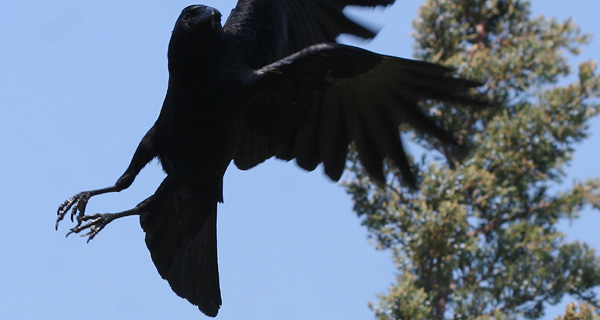In ancient times, stories were recited and heard as a way to fulfil wishes and to acquire punya or the religious merit that would afford people a good afterlife / rebirth. Listening to certain stories was believed to confer upon the audience specific punya, that would help materialise their wishes. Often specific days for reading the stories were also mentioned to maximize the expected gains. This practice acted as a key motivating factor which helped spread the storytelling culture in ancient and medieval India.
The stories themselves would mention what desires the listener could get fulfilled by hearing / reciting the story. For instance the Adhyatma Ramayana which is a part of the Brahmanda Purana cites the following as some of the benefits that audiences get if they heard / recited the epic.
The stories themselves would mention what desires the listener could get fulfilled by hearing / reciting the story. For instance the Adhyatma Ramayana which is a part of the Brahmanda Purana cites the following as some of the benefits that audiences get if they heard / recited the epic.
· A recitation of the Adhyatma Ramayana will lead people to a happier life
· The gods headed by Indra serve one who cheerfully sings the Adhyatma Ramayana day and night
· Anyone who reads the Ramahridaya (a part of the Adhyatma Ramayana) thrice daily in front of an image of Hanuman achieves all that he wishes
· Any one who listens to, reads or recites the Adhyatma Ramayana on RamaNavami with a concentrated mind gets tremendous merit.
· The gods headed by Indra serve one who cheerfully sings the Adhyatma Ramayana day and night
· Anyone who reads the Ramahridaya (a part of the Adhyatma Ramayana) thrice daily in front of an image of Hanuman achieves all that he wishes
· Any one who listens to, reads or recites the Adhyatma Ramayana on RamaNavami with a concentrated mind gets tremendous merit.
Writer
Swetha Prakash
References
The Adhyatma Ramayana translated by Lal Baij Nath
Swetha Prakash
References
The Adhyatma Ramayana translated by Lal Baij Nath

